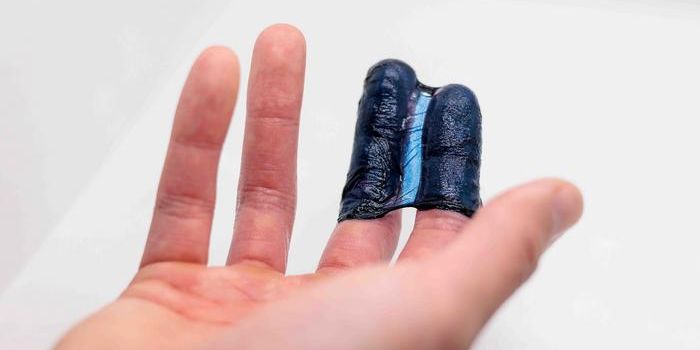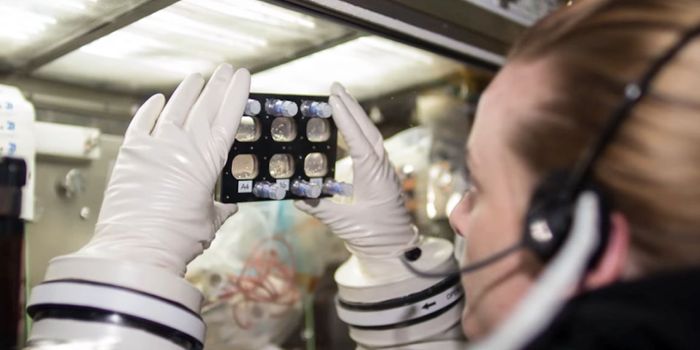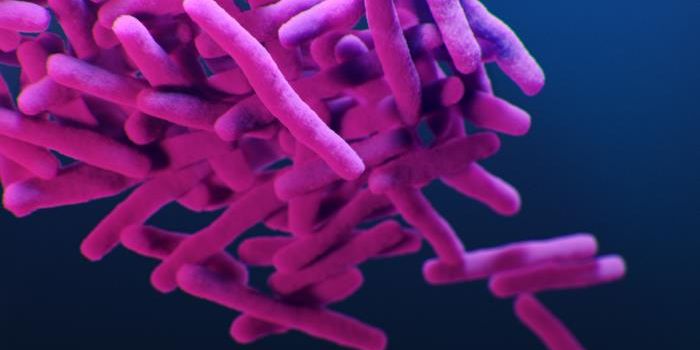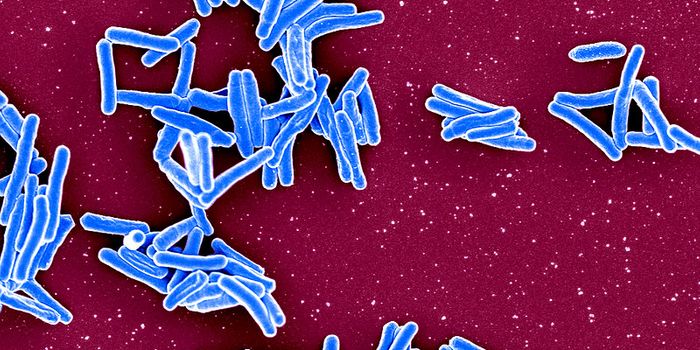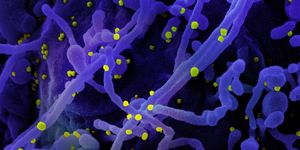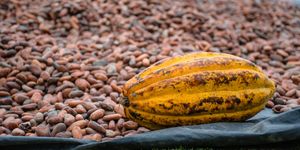Is Chromatin Liquid or Solid? It Depends on Perspective
The nuclei of most human cells contains the entire genome, which would have a length of about six feet if it was fully extended. So this DNA has to be carefully compacted in cells, while still remaining accessible to the cellular machinery that copies active genes into messenger RNA. Research has recently shown that in live cells, this condensed DNA might behave more like a gel than a liquid or solid at the molecular level, which can help us understand how genes are expressed.
Molecules of DNA get wrapped around histone proteins while being condensed, forming structures called nucleosomes that are then folded with other proteins to create chromatin, which is DNA in its packed state. We are still deciphering the characteristics of chromatin, which can take on the properties of liquids, gels, or solids to allow genes to be expressed, limit damage to DNA, and reduce tangles.
New research reported in Science Advances used computational, genetic, and microscopy tools to reveal more about chromatin's physical characteristics. When chromatin is loosened slightly, it is known as euchromatin. This study showed that in living cells, euchromatin is condensed into domains that are like thick fluids when they are observed at the level of individual nucleosomes, but become more like a solid when viewed at the chromosomal level.
In this study, the scientists fluorescently labeled pairs of nucleosomes in euchromatin, and saw that some nucleosome neighbors had correlated movements, suggesting coordination (and seen in the video below). The units of chromatin, the nucleosomes, were fluctuating and acting like a liquid inside of condensed domains, said study leader Professor Kazuhiro Maeshima of SOKENDAI.
"We demonstrated that euchromatin in living human cells does not necessarily exist as open structures, but instead it essentially forms condensed domains," said Maeshima.
The liquid-like nucleosomes enable cells to transcribe genes even when chromatin is packed, noted Maeshima. This packing might protect DNA from damage due to restrictive access to physical parts of DNA or the reduced production of reactive chemicals, added study co-author Shiori Iida.
While all this happens at the nucleosome level, euchromatin acts like a solid at the level of chromosomes. The study authors hypothesized that this helps reduce the risk of tangles in long stretches of DNA, and prevents breakage.
Nucleosomes labelled with different fluorescent colors can be seen in this video. Neighboring nucleosomes have correlated movements in the upper panel (suggesting condensed domain formation), and distant nucleosomes do not in the lower panel.
The investigators proposed that the condensed euchromatin model outlined in this study includes a mechanism in which chromatin's stickiness is reduced when acetyl groups are added to histones. The structure of chromatin can thus be opened so large molecules like transcription or replication factors can move in and regulate gene expression. Chromatin organization could also be relevant to the differentiation of cells into special forms, they added, because chromatin domains are less defined and more fluid in undifferentiated mouse embryonic stem cells.
"Our ultimate goal is to reveal how genome information is searched and read out in living cells," said Maeshima. The current study will help scientists better understand gene regulation, DNA replication, and repair in living cells.
Sources: Research Organization of Information and Systems, Science Advances


